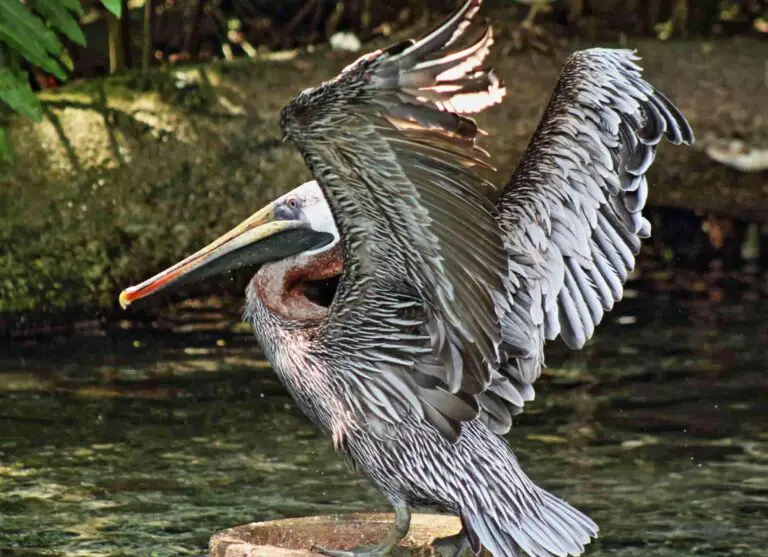Who Brought the Ferrets to the Dominican Republic? (Solved)

Juron or Dominican ferret is an “invasive” species that live in uninhabited green areas of the Dominican Republic, it is a very elusive and resistant animal with great qualities as a hunter.
The ferret was brought in supposedly to solve a problem, but in reality, what was done was to aggravate the situation, it was like trying to put out a fire with a bucket of gasoline.
This species of ferrets was brought by the Spanish conquerors in order to control the plague of rats that had spread due to the unintentional introduction of these rodents coming down from ships coming from Europe.
The ferret was introduced to the Caribbean islands between 1872 and 1880 from India in order to deal with a plague of rats that affected sugarcane crops. “El jurón”, as it is popularly known, has been catalogued as one of the invaders with the greatest capacity to deteriorate the ecosystem.
The Spaniards accidentally introduced to the Dominican Republic a plague of rats on ships, and to try to control this plague they voluntarily brought ferrets, which also became a plague.
However, their feeding habits are preferably amphibians (toads and frogs), birds and their eggs (including chickens), salamanders, and snakes, seriously affecting the native fauna and not serving to reduce the plague of rats for which this species was introduced.
The ferret is credited with the extinction of at least three species in the Dominican Republic.
These ferrets have no natural predators on this island, so they have proliferated freely, they are also violent, especially when they have young.
They are solitary and elusive, but can sometimes form small herds to share burrows. They stand on their hind legs and raise their heads to have a panoramic view of the horizon.
Hispaniola was the third Caribbean island where the mongoose was introduced and today this species has become invasive worldwide and is one of the greatest threats to biodiversity in many places because it is an animal that eats everything.
It is omnivorous, although it prefers to eat eggs, chickens, chickens, birds, it also eats lizards, snakes, mice, cockroaches, spiders, hundred feet, toads, and where there are none then it eats grains.
It has a slender elongated body, as well as a head that ends in a pointed snout and short ears, with an approximate length of 50.9 cm to 67.1 cm. It has five toes on its extremities with long, sharp claws.
It presents sexual dimorphism, being the males larger and with a wider head. It has a large brown coat, with honey eyes, and a long and hairy tail, wider at the base and becoming pointed at the end. It has very sharp fangs.
Females have 2 to 5 young per year, and males become mature in 6 months. The gestation period is 49 days.
Where are ferrets found in the Dominican Republic?
In large green areas where there is no population of people, personally, I have seen a lot of ferrets in the area of Monte Plata and Bayaguana where there are large areas planted with sugar cane.
It is present in sugar cane and savannah areas, it is very common in the dry forest, but it can be found in dry places close to wetlands, especially where there is food and populations where chickens are raised.
Can these ferrets be kept as pets?
Ferrets in the United States are one of the most popular exotic pets, personally, I have written a lot about these animals that as pets can be very adorable.
But, the species introduced to the Dominican Republic of ferret is very different, this species (Herpestes auropunctatus) is untamed, wild, and very aggressive especially in breeding times.
Do not confuse what is a domestic ferret with what could be this species of ferret, ferrets are usually shy and their natural reaction is to run away and hide from people.
But if you are very close to a ferret nest with offspring, a wild adult ferret could become aggressive against a person, the danger of these small critters is that they could transmit rabies with a bite.






